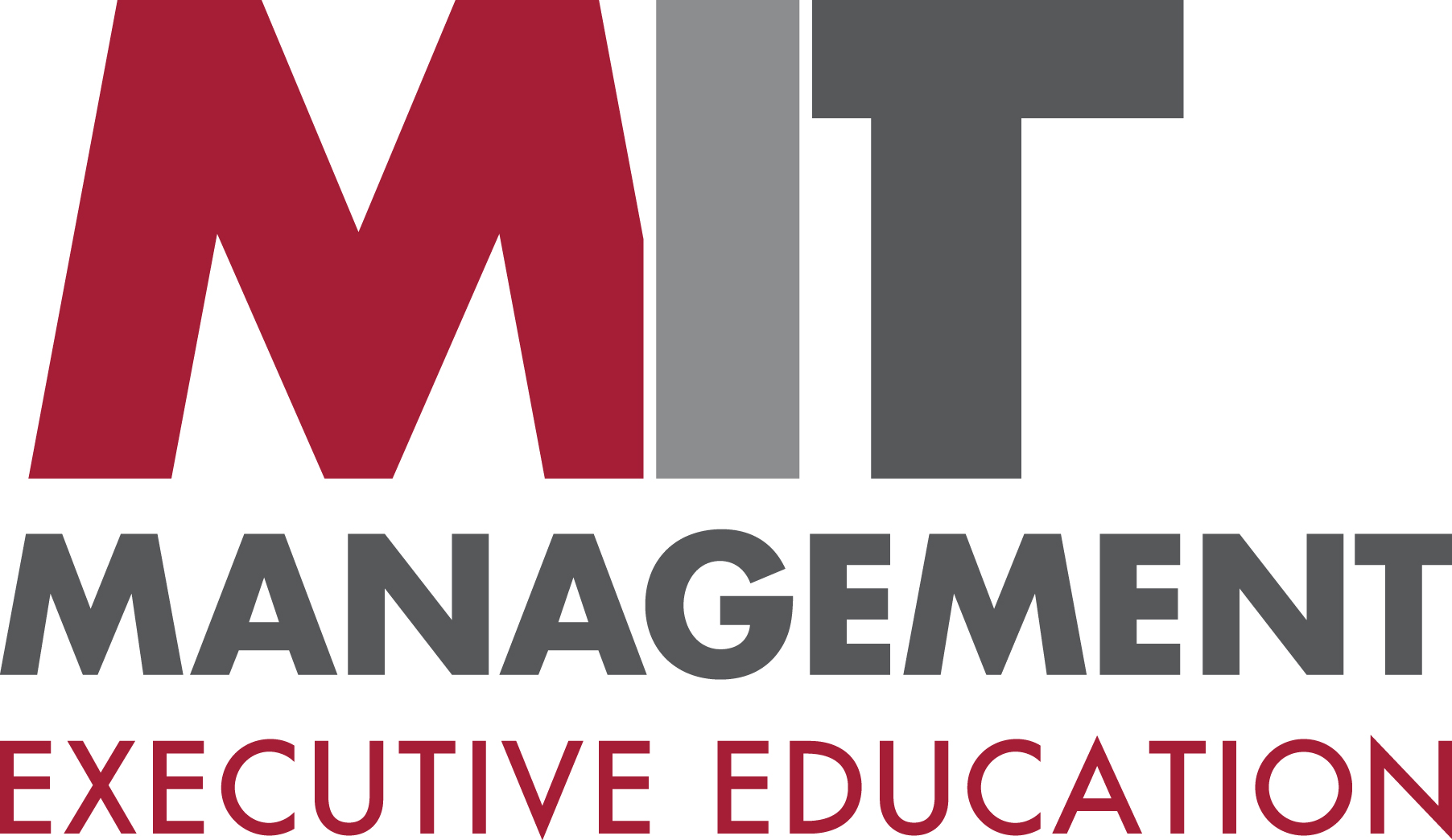- Innovation
Questions Are the Answer
Hal Gregersen on why dramatically better solutions first need better questions – and how to find them
Asking the right question is the key to learning, to solving problems and to creativity. So much depends on our asking the right questions, yet we tend to struggle when it comes to generating those questions that can lead to breakthrough insights.
As infants, we instinctively learn through active exploration. We are born with a natural curiosity and an explorer mindset. Some education systems, such as the International Baccalaureate, that emphasise learning through exploration build on this natural ability, but many don’t.
For adults maintaining a questioning mindset is difficult, particularly for those working in a corporate environment, where fixed ideas and practices, groupthink, peer pressure and a fear to speaking truth to power can stymie questioning.

All human progress involves the search for answers, but for Hal Gregersen, Executive Director of the MIT Leadership Center, finding answers is first and foremost about a search for the right questions. In his new book, based on interviews with over 200 creative thinkers and his quest to discover what led them to the questions that inspired radical innovations, he looks at the conditions conducive to asking 'catalytic questions'.
The central premise of Gregersen’s research is that finding the right questions is a fundamental responsibility of effective leadership. And that creating an open environment where team members can ask questions without fear is both the source of the innovation that is the lifeblood of every organization and the key to uncovering the 'unknown unknowns' that can be their nemesis.
…………………………………………………………………………………………………………....
Join Hal Gregersen’s executive program Questions Are the Answer: A Breakthrough Approach to Creative Problem Solving, Innovation, and Change to transform yourself, your team and your organization into being more curious, fearless and innovative
Dates: Oct 15-16, 2019 | Mar 19-20, 2020 | Jun 2-3, 2020 | Oct 13-14, 2020
Format: Interactive in-class study │ Location: Cambridge, Massachusetts
…………………………………………………………………………………………………………...
Underpinning this is the belief that better questions do not just arrive by chance or osmosis, rather that we can “actively create the special conditions in which questions thrive.” And furthermore, that creative questioners are not born a special breed, rather under favourable conditions people including all corporate leaders can find the right questions.
“Great questions engage and energize,” says Gregersen because they change our perspective on the issues being addressed and reframe them in a way that opens up paths to further questions and further discovery. In a business context, as in many of the examples quoted in the book from Patagonia to Pixar, they allow the questioner to push back hard on what had previously been presented as the only reality.
In the early chapters of the book Gregersen, describes the need for questions – the more stuck we get the more we should ask. He then looks at the various barriers to productive questioning; all too human barriers around the desire not to offend, rock the boat, or be accused of effrontery. Inhibition holding back young executives when they reach positions which require challenging questions, because they have been discouraged for too long in the past. In an organizational context, power hierarchies and other structural and cultural barriers often undermine the conditions in which great questions emerge.
Creating the right conditions is both about developing a questioning mindset and about creating ‘safe spaces’ in which questions can unfold – be it through brainstorming sessions or through signalling that asking questions is a valuable activity – “creating a different kind of space for people, in which the usual rules and norms are suspended and different behaviors are encouraged.”
Creative thinkers benefit from immersion in stillness and quiet, avoiding stress, listening and reading. And the questioning mindset is one that is not hung up on certitude but is willing to be proved wrong – “nothing shuts down questions more than the need to be seen to be right all of the time.” It is an outlook that remains actively aware of changing circumstances, open to input from others and welcomes being shifted from its comfort zone.
The consummate questioner develops “the capability, and the temerity, to frame questions of larger scope. The bigger the problem or opportunity in the world, the bigger the insight we need,” says Gregersen. He concludes the book considering “the keystone questions we all have guiding us through life – questions we ask of ourselves in the attempt to be our best selves.”
More than just another business book, this inspiring guide can help us all reframe the challenges we face in ways that reveal paths and opportunities in all aspects of our lives.
…………………………………………………………………………………………………………………
‘Questions Are the Answer: A Breakthrough Approach to Your Most Vexing Problems at Work and in Life,’ Hal Gregersen, published by Harper Collins, 2018, ISBN 978-0-06284-476-7
MIT Sloan is uniquely positioned at the intersection of technology and business practice, and participants in our programs gain access to MIT’s distinctive blend of intellectual capital and practical, hands-on learning.
ARTICLES YOU MIGHT LIKE
VIEWPOINT
Cognitive neuroscientist, Lynda Shaw, explains how to understand and support intrapreneurs
DEVELOPING LEADERS QUARTERLY MAGAZINE AND WEEKLY BRIEFING EMAILS


































